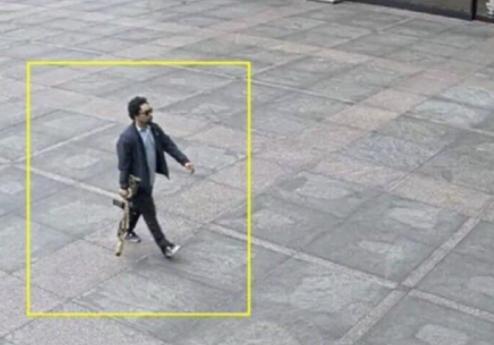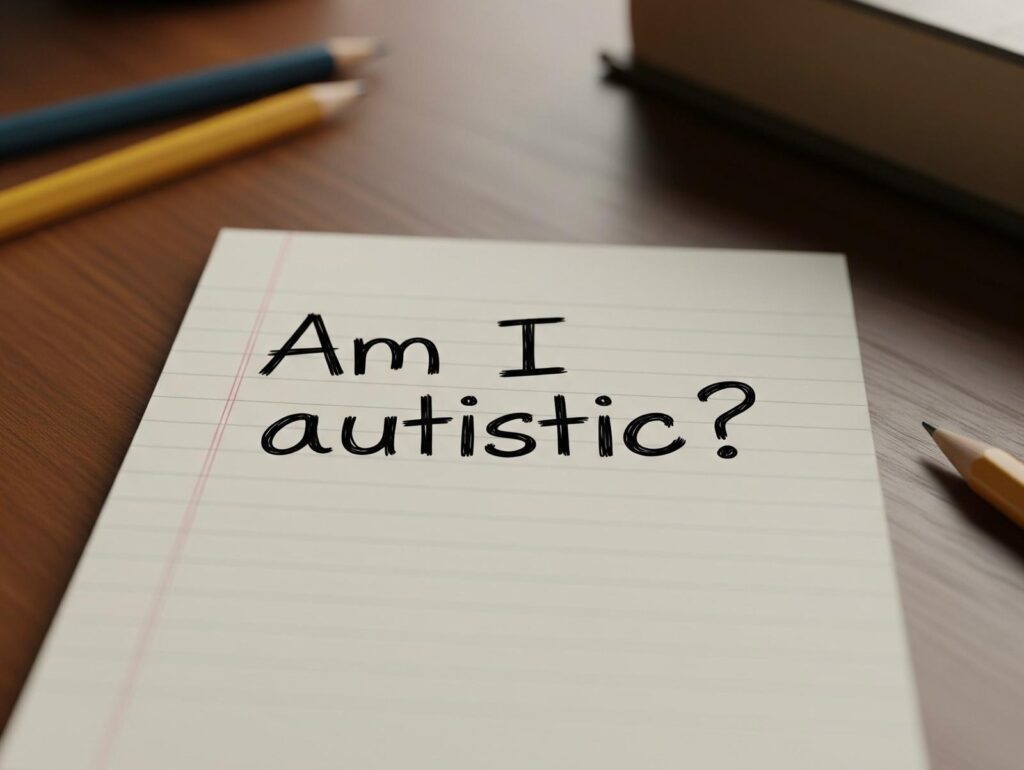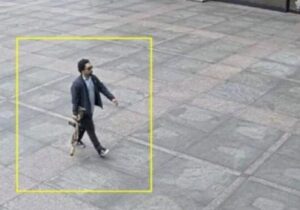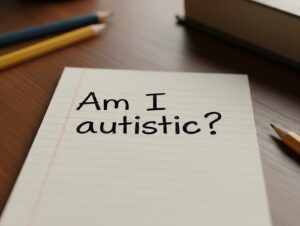Detecting if someone secretly harbours negative feelings towards you can be challenging. While direct confrontation is rare, certain psychological and behavioural cues might indicate hidden animosity. This article delves into the subtle signs of dislike or hatred, drawing upon psychological research.
Understanding Hidden Dislike
Hidden dislike or hatred often manifests in subtle, indirect ways. People may mask their true feelings due to social norms, fear of conflict, or to maintain a façade of politeness. Recognising these signs involves understanding both verbal and non-verbal communication cues.
Signs Someone May Secretly Dislike You
- Backhanded Compliments: These are compliments that actually contain a critical element. For example, someone might say, “You’re smarter than you look.” This can indicate hidden animosity or jealousy (Sigmund Freud’s concept of “Freudian slips” might apply here, where people say something that unintentionally reveals their subconscious thoughts).
- Exclusion from Groups or Activities: If you notice a pattern of being left out from meetings, gatherings, or conversations, it might indicate that someone prefers not to have you around (Williams, 2007).
- Lack of Eye Contact or Physical Distance: Non-verbal cues like avoiding eye contact, turning their body away from you, or maintaining physical distance can signal discomfort or dislike (Mehrabian, 1971).
- Overly Critical or Negatively Biased: Someone who dislikes you might be overly critical of your actions, ideas, or appearance, often focusing on negatives and ignoring positives (Baumeister et al., 2001).
- Sudden Change in Behaviour: If someone’s attitude towards you changes abruptly without a clear reason, it might reflect hidden negative feelings.
- Passive Aggressive Behaviour: This can include sarcasm, procrastinating on tasks that benefit you, or subtle digs disguised as jokes.
- Reluctance to Help: A lack of willingness to help or collaborate can be a sign that someone does not favour you, especially if they are generally cooperative with others.
Interpreting the Signs
It’s important to approach these signs with caution:
- Context Matters: Understand the context and the person’s usual behaviour before jumping to conclusions. Someone might be having a bad day or be naturally reserved, which can be mistaken for dislike.
- Consider Cultural Differences: Non-verbal cues can vary significantly across cultures. What might be a sign of dislike in one culture could be normal behaviour in another.
- Communication is Key: If you’re unsure about someone’s feelings towards you, consider addressing the issue directly in a non-confrontational manner.
Conclusion
Detecting hidden dislike requires a keen understanding of both verbal and non-verbal cues. However, it’s crucial to consider the broader context and not to jump to conclusions based on isolated incidents. Effective communication and understanding of interpersonal dynamics are key to navigating complex social relationships.
References
- Freud, S. (1901). The Psychopathology of Everyday Life. Monograph.
- Williams, K. D. (2007). Ostracism: The kiss of social death. Social and Personality Psychology Compass, 1(1), 236-247.
- Mehrabian, A. (1971). Silent messages. Wadsworth.
- Baumeister, R. F., Smart, L., & Boden, J. M. (2001). Relation of threatened egotism to violence and aggression: The dark side of high self-esteem. Psychological Review, 103(1), 5.
How to get in touch
If you or your patient/NDIS clients need immediate mental healthcare assistance, feel free to get in contact with us on 1800 NEAR ME – admin@therapynearme.com.au.
Discover more from Therapy Near Me
Subscribe to get the latest posts sent to your email.






